
Composting benefits
There are lots of benefits of starting composting in your garden. Here are just a few:
It can help reduce your family’s waste
Composting can help keep our planet safe and clean by reducing some of the waste that goes to landfill.
You can save money on plant food
Instead of buying plant food, you can make your own for free from scraps. It’s rich in nutrients that help your plants grow.
Provides food to decomposers
Your compost pile is the perfect food for decomposers like fungi and worms, which in turn provide food for birds and other garden wildlife.
It's a peat-free alternative
By using compost in your garden, you're reducing the amount of peat in the soil. Peat releases carbon dioxide which is bad for the air and we lose important animal habitats when it's harvested.
What can I compost?
The most important thing to know when starting to compost is how to separate your waste. Some waste is not suitable for a compost pile because it can attract pests or add toxins to the soil.
Check out our dos and dont's for composting
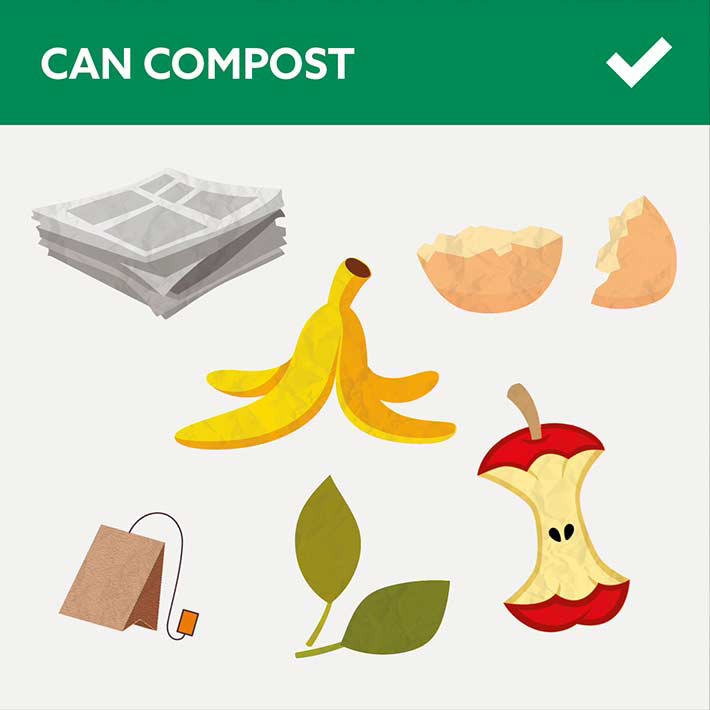
DO put these in the compost:
-
Fruit and vegetables
-
Eggshells
- Coffee grounds and filters
- Tea bags
- Nut shells
- Shredded newspaper
- Cardboard and paper
- Leaves
- Sawdust
- Wood chips
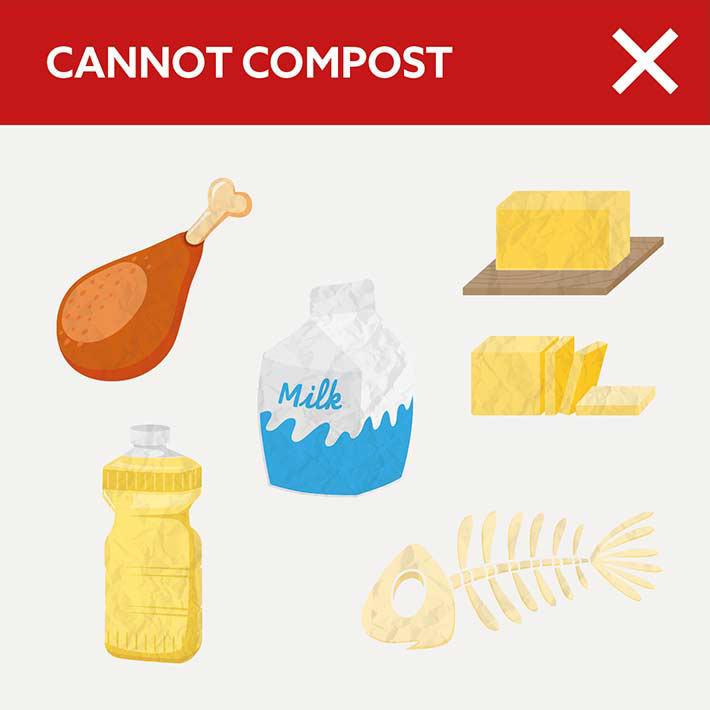
DON'T put these in the compost:
-
Coal or charcoal ash
-
Dairy products (butter, milk, yoghurt and eggs)
-
Fats, grease, lard or oils
-
Meat or fish bones and scraps
-
Pet waste
Make your own composting bin
It’s easy to start composting once you’ve got the right container in place. If you want to add one to your garden, here’s our step-by-step guide for a starter composting container.
What‘s composting all about?
Composting is a little thing you can do in your garden to help wildlife and reduce waste. It's a natural process where organic material in your food scraps breaks down into something that looks like soil. This matter is rich in nutrients and can be an amazing food for the plants and veg in your garden.

To create a composting bin, you’ll need:
- A plastic storage bin with a lid (size depending on your needs)
- Shredded newspaper
- Soil
- Dried leaves
- Water

Step 1: Choose a location
- The best place to keep your composting bin is out of sight and away from buildings.
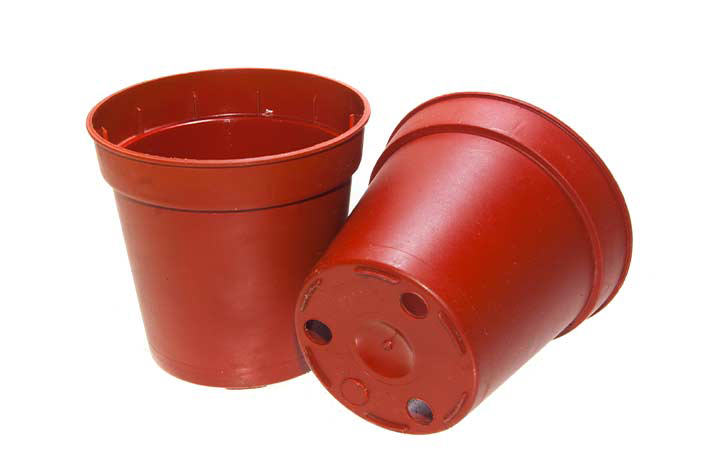
Step 2: Preparing the bin
- Get an adult to make sure there are holes at the bottom of the storage container. They can do this by drilling holes. This allows it to drain.
- Add the shredded newspaper, filling it up a quarter of the way.
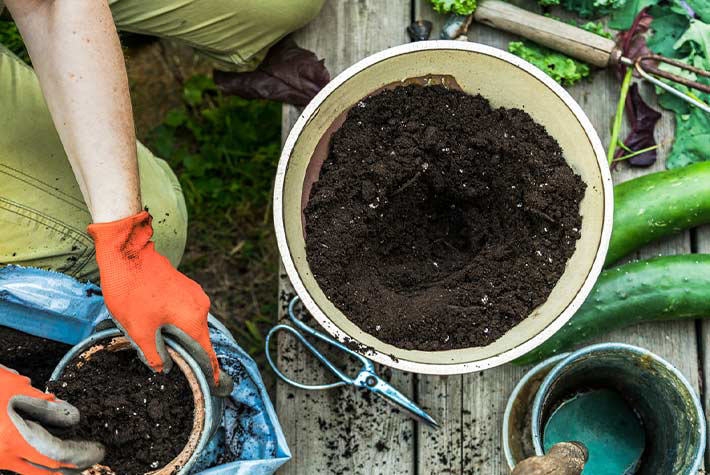
Step 3: Adding soil
- Add soil on top of the newspaper until the bin is half full.
- Add the dried leaves on top and some food scraps to get started.
- Mix it all up using a stick.
- Spray a little bit of water on top so that everything is damp, but not completely wet.
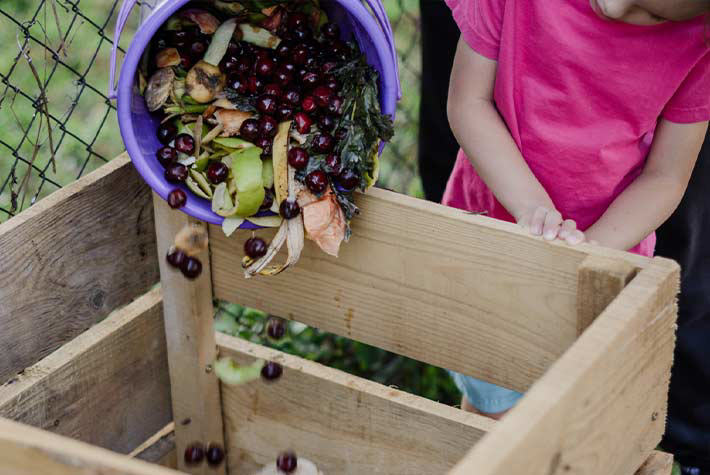
Step 3: Adding soil
- You can now start adding your compost material. The compost should be ready to use in your garden in one or two months.
The Composting Quiz
Test your new knowledge by answering our true or false questions and discover some interesting facts about composting that you can share.
Heading
Answer: False
You can’t compost whole eggs, but you can add eggshells to your compost pile.
Answer: True
It helps reduce the amount of rubbish you send to landfill and you can reuse some of your food waste.
Answer: True
Historians have found evidence that ancient farmers created composting piles that they would then use on their land for crops.
Heading
Answer: False
The process of composting actually generates heat which some people use to heat their greenhouses!
Answer: True
The Egyptian Queen was so impressed with worms’ composting abilities that she is reported to have made worms sacred in 50BC!
